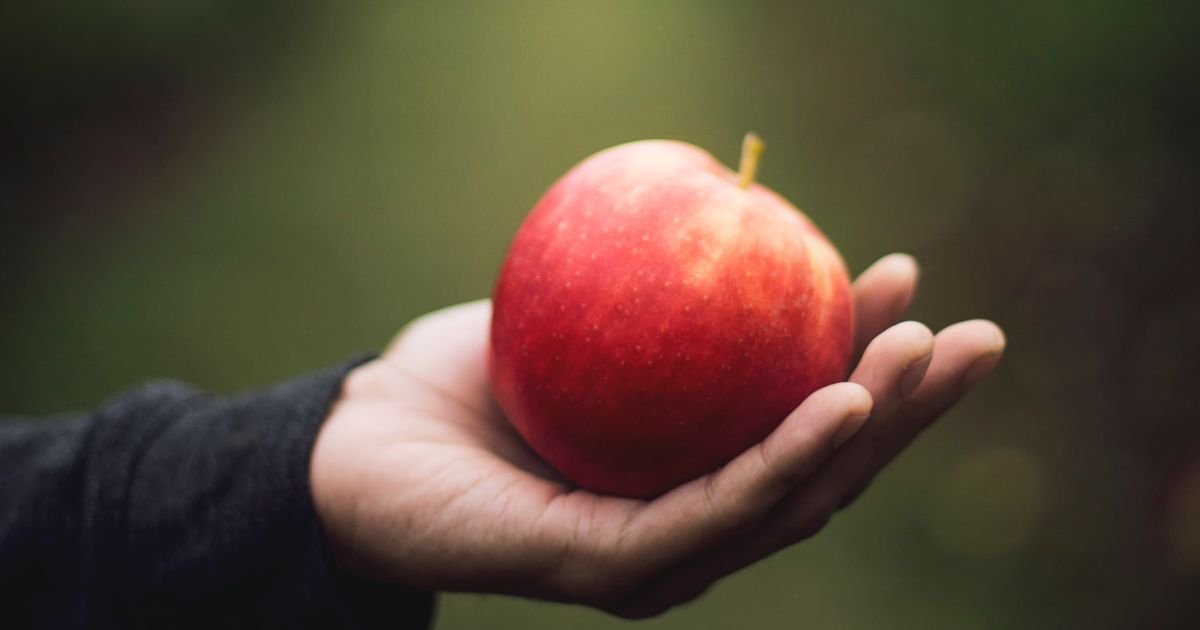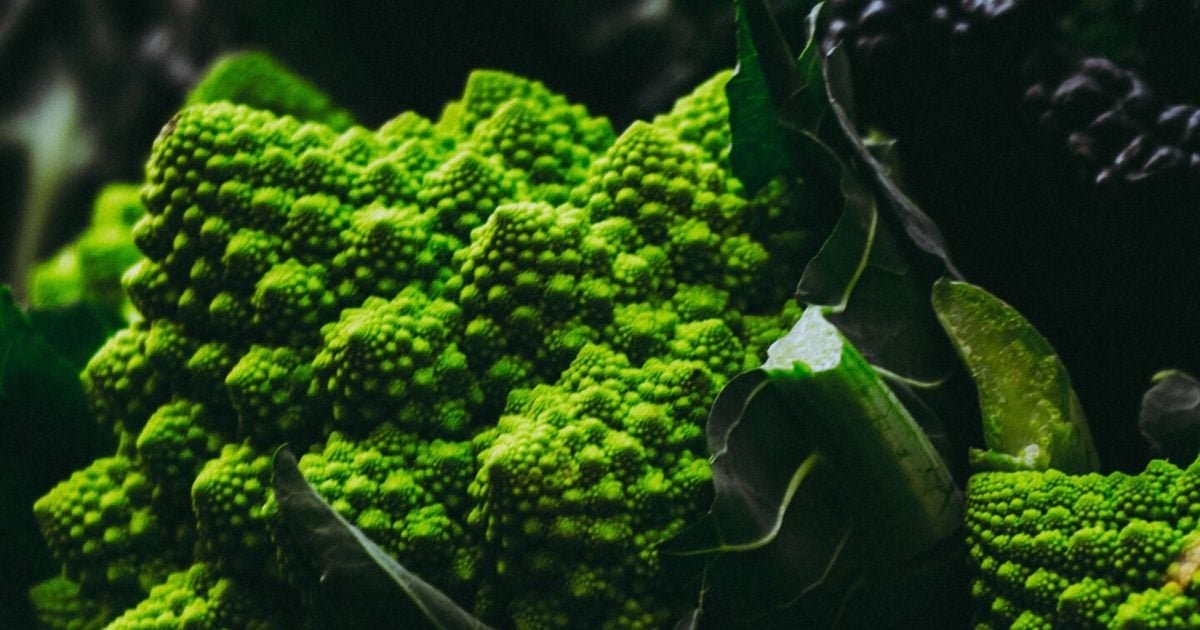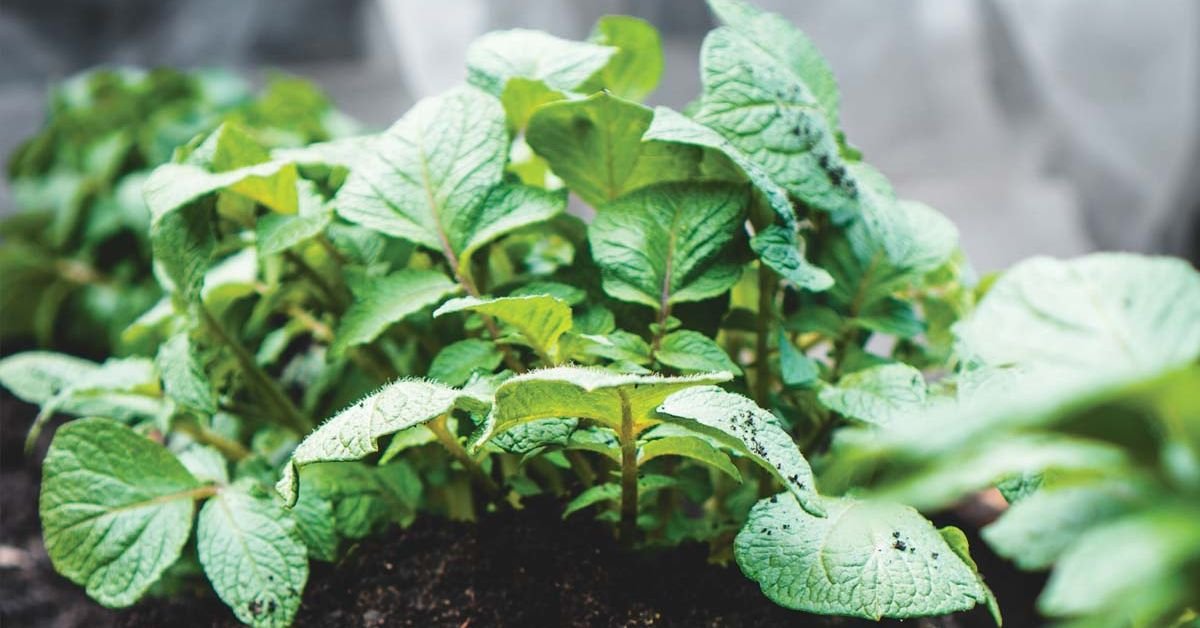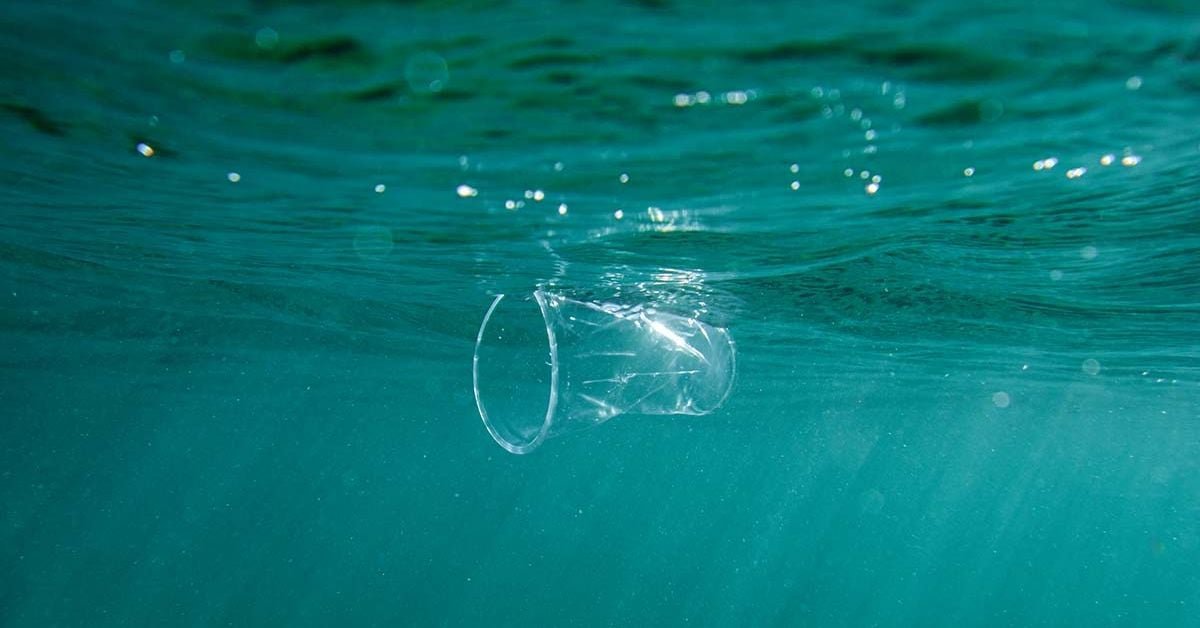A Personal Journey to Preserve Ancient Apples in the Lost Orchard
The diversity of produce we consume is essential not only for our culinary enjoyment but also for ensuring a healthy, resilient, and sustainable food system. Unfortunately, the commercialization of food puts excessive emphasis on aspects such as appearance and ease of transport, often at the expense of nutritional value, taste, and adaptability to climate variations. As a result, we have already lost thousands of food varieties, with many more facing the threat of extinction.
While people often express concern over the extinction of animal species, the fact that food varieties can also disappear is frequently overlooked, creating vulnerabilities in our food supply. Apples serve as a prime example of this problem. Although we may think of apples as largely uniform, with only a handful of varieties available in stores, over 6,100 distinct apple varieties have become extinct over time.
According to the Canadian charitable organization Seeds of Diversity, between 1804 and 1904, there were 7,098 documented apple varieties. Astonishingly, 86 percent of these have been lost since then. While apples are among the most endangered foods, this narrative of declining crop diversity is evident across various species worldwide.
In the last century, we have witnessed the extinction of 75 percent of global food diversity. The rise of industrial agriculture and the globalization of food supply chains have concentrated crop selection within the hands of a few large corporations, thus limiting diversity and pushing out local and regional produce that once flourished in Canadian households in the early 20th century.
Historically, Canadian farmers, like many others globally, engaged in seed saving to maintain a broad range of produce varieties, ensuring the preservation of diverse, locally adapted plants year after year.
Sadly, this tradition has faded as the modern food industry has dictated which crop varieties are available for purchase and which seeds farmers chose to plant. As early as 1999, the United Nations Food and Agriculture Organization (FAO) reported that a mere 150 to 200 out of the 300,000 known edible plant species are consumed, while 75 percent of the global food supply comes from just 12 plant species, including wheat, corn, and rice.
So, how many different apple varieties do we truly need? A greater diversity in agriculture provides less risk and promotes sustainability within our food systems. Agrobiodiversity acts as an insurance plan against threats such as pests, diseases, droughts, climate change, and the consequences of commercial farming practices, as well as loss of pollinators and other challenges facing our food supply.
When faced with potential risks to our food systems, would you rather rely on plants that have demonstrated resilience through time or take a chance on homogenized varieties, which are often heavily treated with pesticides, genetically modified, nutritionally inferior, and shipped long distances to grocery stores? The preferred choice is clear.
After more than 20 years of working in food security, I found my journey unexpectedly transformed into a deeply fulfilling adventure.
The Discovery of the Lost Orchard
Ways You Can Help Prevent Food Extinction
You can contribute to biodiversity and mitigate the risk of food extinction in the following ways:
– Diversify your meals: Choose heritage and rare food varieties instead of supporting uniform, mass-produced options.
– Avoid using pesticides on your gardens or lawns.
– Steer clear of purchasing food items that have been treated with pesticides.
– Opt for organic or unsprayed food whenever possible.
– Buy and cultivate heirloom and heritage seeds and produce.
– Support local agriculture by shopping at farmers’ markets.
– Learn how to save seeds from the heritage foods you cultivate.
– Join a group focused on seed saving or participate in a seed exchange.
– Encourage local restaurants to incorporate heritage and heirloom varieties into their menus.
Foods at Risk of Extinction
The following foods are currently endangered (including their threats and predicted years of extinction):
Food Threat Predicted Year of Extinction
avocados drought In jeopardy
chocolate climate change 2030 to 2050
coffee beans overconsumption of arabica beans 2050
honey colony collapse disorder In jeopardy
maple syrup climate change 2100
peanuts drought and rising temperatures 2055
wine grapes climate change 2050 to 2100
Biodiversity encompasses “the variety of life at genetic, species, and ecosystem levels.” In agriculture, food represents a crucial aspect of agrobiodiversity.
Want to learn more about the Lost Orchard? Visit lostorchard.org for photos and additional information.






